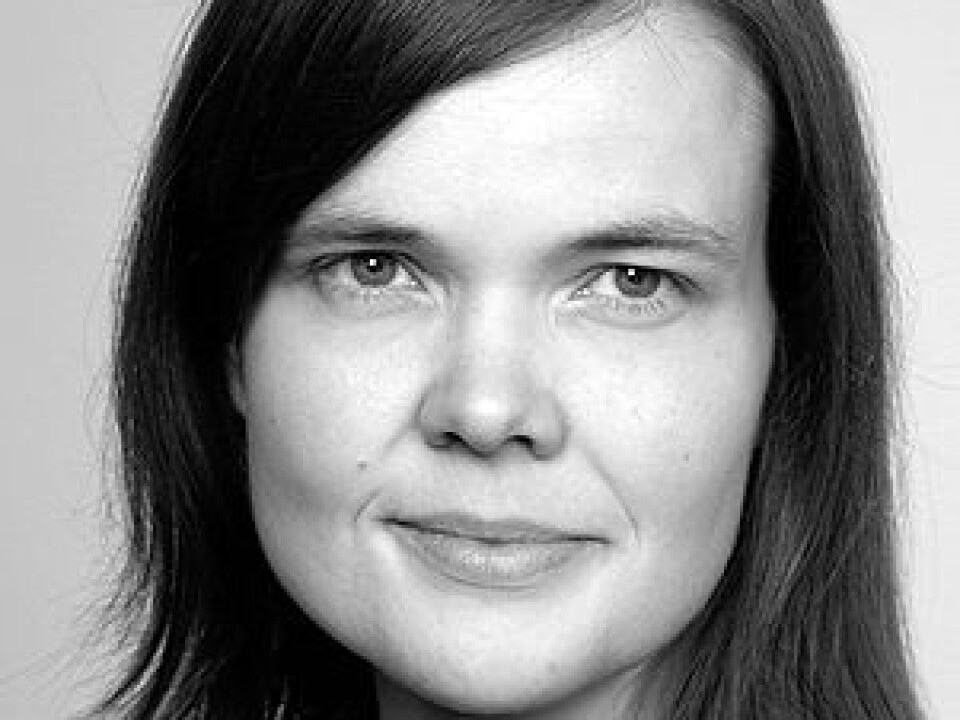
Chronic fatigue syndrome across time?
People suffered from chronic fatigue as early as the 1800s, but people didn't call it that. Instead, it was known as neurasthenia.
Denne artikkelen er over ti år gammel og kan inneholde utdatert informasjon.
Kristine Lillestøl is not your run-of-the-mill medical doctor. She is also trained as a historian and studied literature. This unusual combination is one reason why she sits immersed in old medical journals, patient records and medical textbooks.
Her quest is to learn as much as she can about a disease called neurasthenia. This particular affliction has been described in the medical literature since the 1800s.
It had its heyday around the turn of the last century.
The list of symptoms associated with the illness was long, but included general fatigue, pain that seemed to wander throughout the body, and sleep problems.
An illness of the times

Neurasthenia as a condition was described as an illness that was typical of the times, a response to the pressures of modern life of a century ago, Lillestøl says.
It was the American neurologist George M. Beard who first launched the diagnosis in 1869. He believed that neurasthenia was due to a “loss of nerve energy". This in turn was caused by modern civilization's rapid development.
The diagnosis quickly spread to Europe. Contemporary physicians were in no doubt that it was a real disease. And they were clearly curious about the condition.
Similar to chronic fatigue syndrome
Along the way, it has become increasingly clear to Lillestøl that the symptoms described in the historical literature were similar to the symptoms of chronic fatigue syndrome (CFS ) or myalgic encephalomyelitis (ME). But she is reluctant to say that it is definitely the same disease, because there are also clear differences.

No one yet has been able to identify a single cause for chronic fatigue syndrome. Today, the illness is formally classified as a neurological disease.
But among both professionals and layman heated discussion as to whether the illness is mental or physical, or whether it can rightly be described as both.
All walks of life
"When I study the medical literature of the past, I am amazed at how many people were diagnosed with neurasthenia. It was probably considered an upper class disease. But I have also found farmers, fishermen and labourers among the afflicted," Lillestøl says.
"The doctors believed that neurasthenia was caused by different kinds of overexertion. People whose work involved mental concentration were particularly at risk. But hard manual labour also posed a great risk," she said.

The disorder could also be caused by improper diet; head trauma or spinal cord injuries; toxic putrefaction in the intestines; abuse of alcohol, tobacco and coffee; and what were considered at the time to be sexually deviant acts, such as masturbation. Some also claimed that neurasthenia came in the wake of infections such as cholera, typhoid and influenza.
The "rest cure" was largely prescribed as treatment. But electrotherapy was also used in some cases.
From neurological disease to neurosis
By 1920 the disease had a different status, as more and more asked critical questions about the disease. It was increasingly explained as a mental illness.
Chronic fatigue seminar
Researchers who study myalgic encephalomyelitis and chronic fatigue syndrome researchers met this week at a seminar in Oslo this week to talk about what we know and do not know about the disease no one really understands.
Lillestøl described her findings from her studies of historical documents from the National Hospital in Oslo and Bergen hospital, now called Haukeland Hospital.
"I have a historical perspective on this research, and I don't take a position on today's debate. But I think the similarities I have found between these disease groups are interesting," she says.
---------------------
Read the Norwegian version of this article at forskning.no
Translated by: Nancy Bazilchuk































